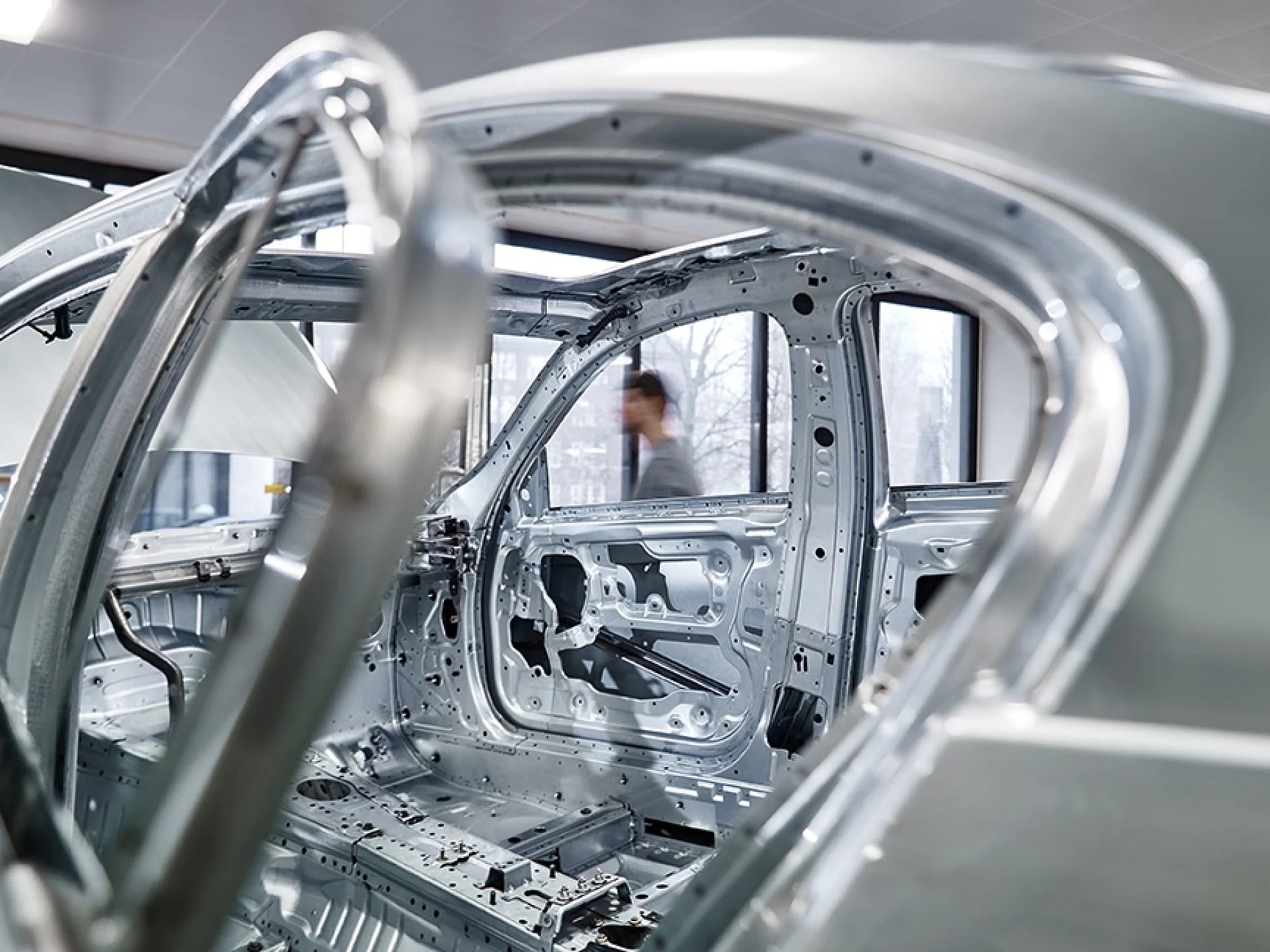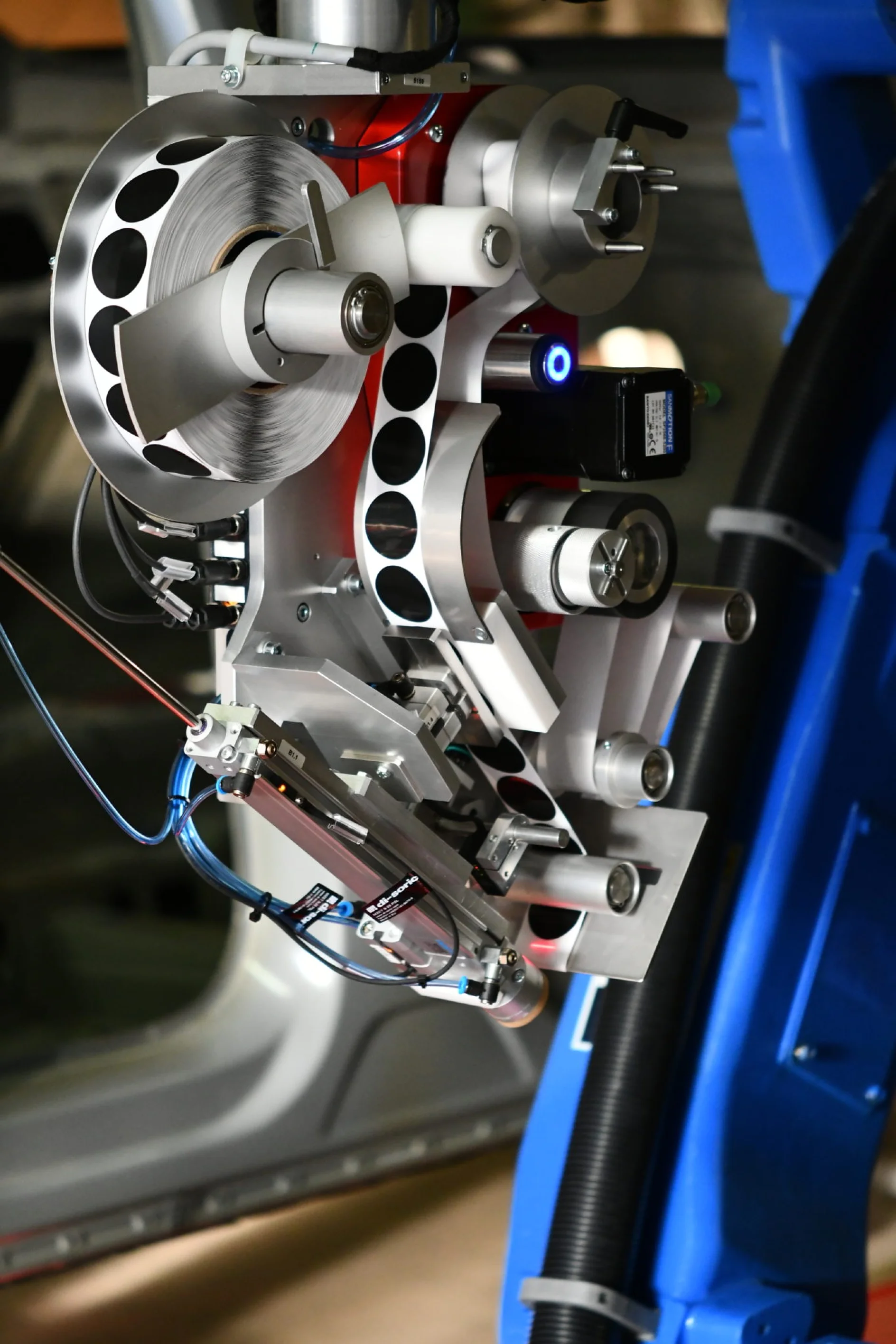Hole covering, or closing holes in the vehicle body, is a major topic in the automotive industry. That’s because there are up to 220 holes in a single body that must be covered during the automotive manufacturing process. That’s about 10 billion holes per year. tesa is solving the complex issue of hole covering intelligently with its core competence: adhesive tape solutions that adhere reliably throughout the vehicle’s lifetime and at the same time are much easier and faster to process than conventional plugs – even by robots in the future.
But why does a car body have so many holes? There are various reasons. For example, there are threaded and drilled holes that must be permanently or temporarily closed. Other openings allow hard-to-reach components to be assembled, serve transport purposes, or are required in the dip coating process so that the coating can flow in everywhere and back out again, thereby ensuring complete corrosion protection.





